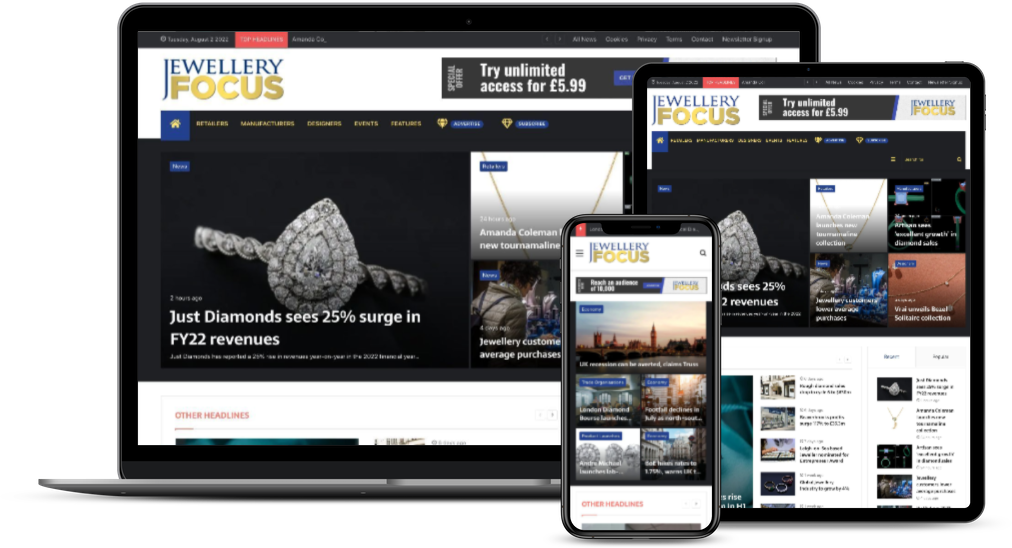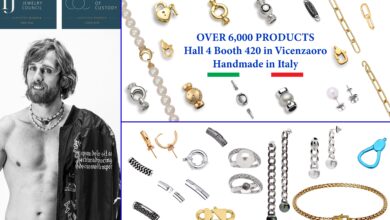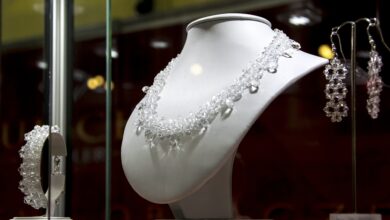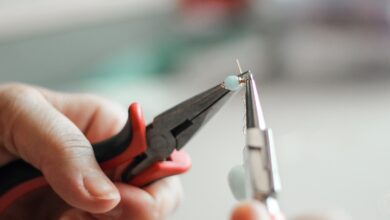15 Minutes with Scott Walter, Edinburgh Assay Office CEO

Tell me about your appointment as chairman of the Convention on the Control & Marking of Articles of Precious Metals?
On 1 November I will take up the Chair of the Convention. The Convention is an international treaty between contracting states.







